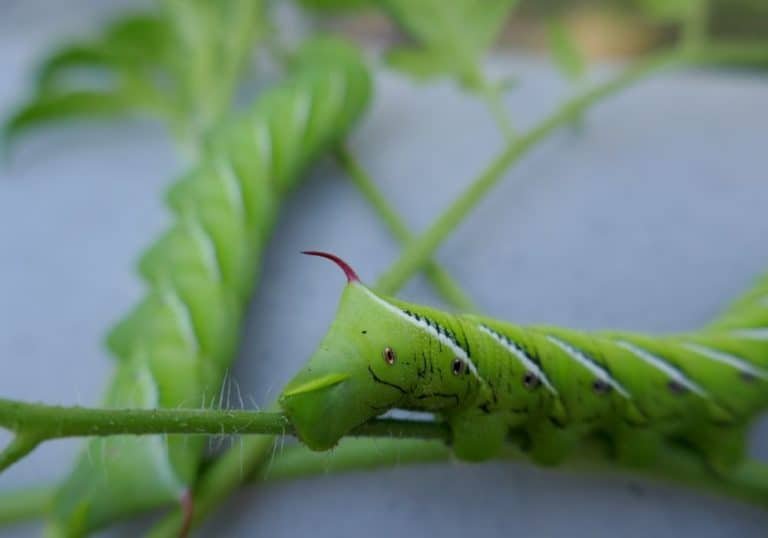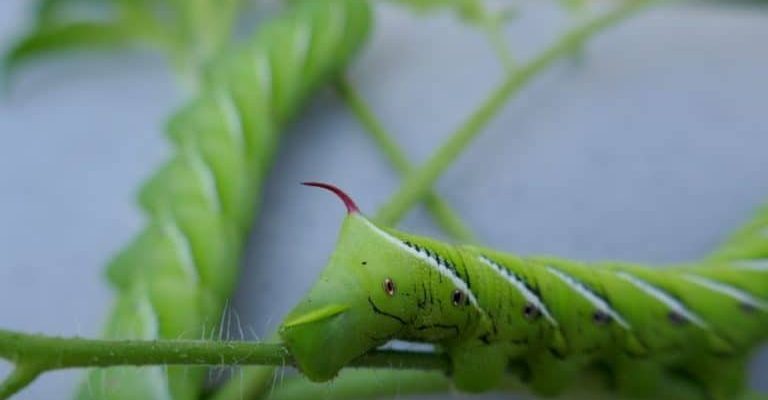
When you bring hornworms home, you don’t just want to toss them in the tank without a second thought. This is where the concept of quarantine comes in. Quarantining hornworms essentially allows you to observe them in a separate environment. This way, you can ensure they’re healthy and ready to be part of your pet’s mealtime without any hidden surprises. Let me walk you through the best ways to quarantine hornworms for feeding use so you can keep your pets safe and happy.
Why Quarantine Hornworms?
You might be wondering, “Is quarantining really that important?” Absolutely! Even if the hornworms look healthy, they might still carry bacteria, parasites, or pests that you can’t see with the naked eye. By keeping them separate for a while, you give yourself the chance to monitor their health and behavior. Here are a few key reasons why it’s essential:
- Prevent Transmission: Quarantining helps avoid passing any potential illnesses to your reptiles.
- Reduce Stress: It eases the transition for hornworms, allowing them to settle into their new environment without the pressure of immediate feeding.
- Monitor Behavior: You can observe for any signs of stress or illness before introducing them into the feeding lineup.
Taking these simple precautions can make a huge difference in your pet’s overall health. By quarantining hornworms, you’re being a responsible pet owner who cares about the well-being of your scaly friends.
Setting Up Your Quarantine Space
Creating an effective quarantine area is easier than you think. You don’t need an elaborate setup; a basic container will do the trick. Here’s how to get started:
1. **Choose the Right Container:** A small, ventilated container or a plastic tub with air holes works great. It should be big enough for the hornworms to move around comfortably without overcrowding.
2. **Provide Substrate and Food:** You can use soil or paper towels as a substrate. Hornworms predominantly eat leaves—especially mulberry or tomato leaves—so make sure to provide plenty of fresh food for them.
3. **Environment Control:** Keep the container in a warm area, ideally between 75°F and 85°F, as hornworms thrive in warmer conditions. Use a thermometer to monitor the temperature and ensure proper ventilation.
This simple setup will help you keep an eye on your hornworms while ensuring they have the right conditions to thrive. Just like you wouldn’t want to live in a messy room, hornworms also need a tidy, healthy space!
How Long Should You Quarantine Hornworms?
Typically, you’ll want to quarantine hornworms for about 7 to 10 days. This gives you enough time to observe them for any signs of illness or distress. Here’s what to look for during this period:
– **Behavior:** Are they active and moving around? A healthy hornworm should be lively, and if they seem sluggish or lethargic, it could be a warning sign.
– **Appearance:** Look for any discoloration or lesions on their bodies. Healthy hornworms are usually bright green and plump.
– **Eating Habits:** Monitor how much they eat. If they aren’t consuming the leaves you provide, that could indicate a health issue.
During the quarantine period, keep their living space clean and replace any spoiled food. This not only keeps the environment healthy but also helps you spot issues early.
Signs of Healthy Hornworms
Knowing what a healthy hornworm looks like can save you a lot of trouble down the line. You might think it’s only about their color and size, but there are a few other indicators to keep in mind:
– **Color:** Healthy hornworms are typically a vibrant green. If you notice dark spots or discolored patches, those could be red flags.
– **Size:** They should be plump and not shriveled. Thin or dehydrated hornworms are not in good shape.
– **Movement:** A healthy hornworm should be active and responsive. If they’re immobile for prolonged periods, they may need further evaluation.
By keeping these signs in mind, you can ensure that the hornworms you’re preparing to feed your pet are indeed healthy and ready for consumption.
How to Safely Introduce Hornworms to Your Pet
Once your quarantine time is up, it’s time for the big introduction! Here’s how to do it smoothly:
1. **Check for Health:** Before even touching the hornworms, do a final check. Ensure they look healthy and active.
2. **Gradual Introduction:** Start by offering just one or two hornworms at a time to your pet. This way, you can gauge their reaction and see if they enjoy the new food source.
3. **Supervise Their Eating:** Keep an eye on your pet as they eat. This can help you identify any possible negative reactions to the new food quickly.
4. **Monitor for Issues:** After feeding, watch your pet for a few hours. Any sign of distress could indicate a problem, and if that happens, consult with your vet.
By following these steps, you can seamlessly introduce hornworms into your pet’s diet while minimizing risks.
Alternatives to Hornworms
While hornworms are an excellent option for many reptiles, they’re not the only game in town. If for some reason you can’t find hornworms or want to try something different, here are a few alternatives:
– **Crickets:** A staple in reptile diets, crickets are easy to find and packed with protein.
– **Mealworms:** Another common feeder insect, mealworms are a little smaller but still nutritious.
– **Superworms:** These are larger than mealworms and can be a good option if your pet enjoys larger prey.
It’s always a good idea to rotate your pet’s diet to keep things interesting and ensure they get a variety of nutrients. Plus, trying new foods can be quite an adventure for your scaly friend!
Final Thoughts on Quarantining Hornworms
In short, quarantining hornworms isn’t just a good idea; it’s essential for keeping your pets healthy and happy. By setting up a proper quarantine space, monitoring their health, and understanding their needs, you can make sure the hornworms you feed are the best quality. Remember, a little precaution goes a long way in pet care—just like washing your hands before dinner. With these tips, you’ll ensure your pets get the nutrition they need while keeping illness at bay. So go ahead and enjoy feeding your pets those tasty hornworms, knowing you’ve done everything right for their well-being!

